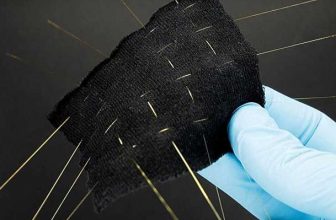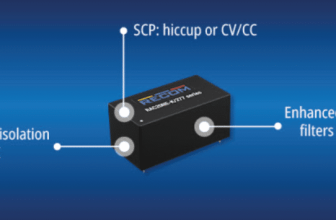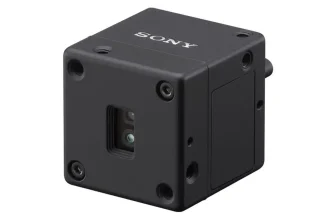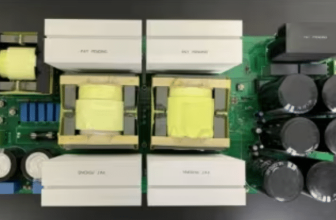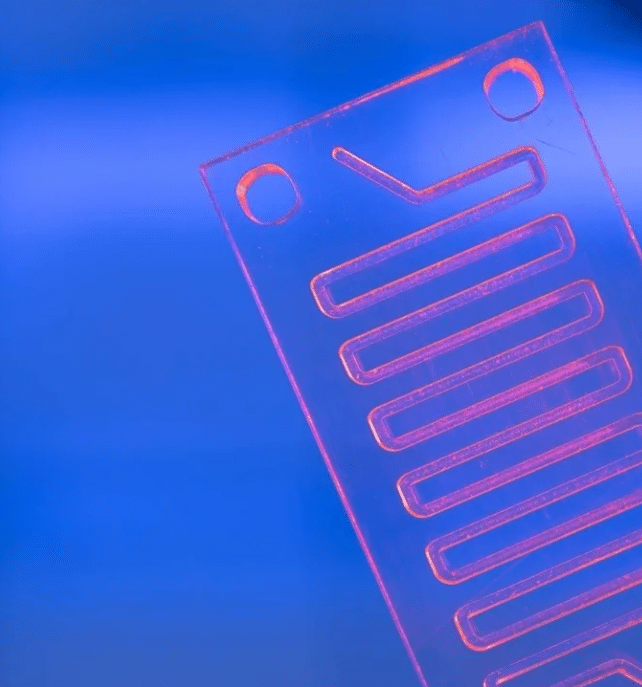
Check out our latest products
This compact solution could revolutionize point-of-care diagnostics and lab-on-a-disc platforms by enabling real-time fluid tracking without the bulky, expensive hardware.

A team of scientists has introduced a cost-effective optical detection for microfluidic devices, leveraging light-dependent resistors (LDRs) to enable real-time fluid monitoring on compact, spinning Lab-on-a-Disc (eLOD) platforms. The new method, published in Microsystems & Nanoengineering, could reshape diagnostics and research applications by making optical sensing cheaper and more accessible.
Microfluidic systems are key to modern biomedical testing, but their reliance on high-end optical detectors—like spectrophotometers—often drives up both cost and device complexity. The study addresses this challenge by pairing inexpensive LDRs with LEDs in an optimized setup designed to track fluid dynamics, droplet behavior, and sample volume inside microchannels.

LDRs, commonly found in simple light-sensing circuits, change electrical resistance based on the amount of incoming light. By integrating them with custom-designed waveguides, the researchers dramatically improved the precision of these budget-friendly sensors. The waveguides channel light through tiny apertures, reducing signal noise and enabling the system to detect subtle changes as fluids pass by.
During testing, the team used dyed fluids, varying droplet sizes, and rotational speeds up to 50 rad/s to validate the setup. The sensors successfully tracked fluid positions, droplet counts, and even the separation of red blood cells (RBCs) from plasma during centrifugation—a critical metric for blood diagnostics.
One standout experiment demonstrated the system’s ability to assess RBC deformability, a property linked to medical conditions like sickle cell anemia, malaria, and diabetes. As RBCs distorted under centrifugal force, the light absorption patterns shifted, offering a low-cost pathway to screen for diseases characterized by abnormal blood cell mechanics.
Beyond medical diagnostics, the platform also showed promise in monitoring two-phase fluid interfaces and real-time volume changes, all using a minimalist hardware design. This approach paves the way for affordable, scalable optical detection in portable microfluidic devices—an essential step for point-of-care testing and rapid diagnostics in resource-limited settings. The research highlights how rethinking basic components like LDRs can unlock powerful new bioengineering applications.
References:Kordzadeh-Kermani V., et al. (2025). Low-cost optical sensors in electrified lab-on-a-disc platforms: liquid-phase boundary detection and automated diagnostics. Microsystems & Nanoengineering, 11, 61. DOI


![[5G & 2.4G] Indoor/Outdoor Security Camera for Home, Baby/Elder/Dog/Pet Camera with Phone App, Wi-Fi Camera w/Spotlight, Color Night Vision, 2-Way Audio, 24/7, SD/Cloud Storage, Work w/Alexa, 2Pack](https://m.media-amazon.com/images/I/71gzKbvCrrL._AC_SL1500_.jpg)



![[3 Pack] Sport Bands Compatible with Fitbit Charge 5 Bands Women Men, Adjustable Soft Silicone Charge 5 Wristband Strap for Fitbit Charge 5, Large](https://m.media-amazon.com/images/I/61Tqj4Sz2rL._AC_SL1500_.jpg)


